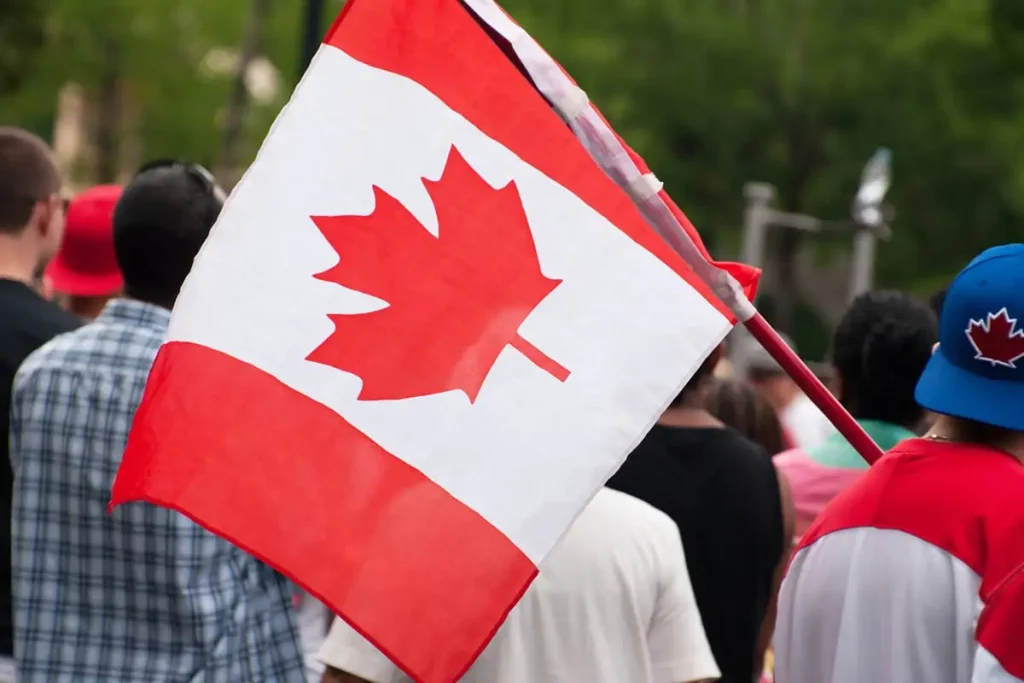Canada Sees Drop in Refugee Claims as Visa Restrictions Tighten

Refugee claims in Canada have significantly decreased from record highs as the country issues fewer visas, raising concerns among advocates that legitimate claimants are being left with limited options. In January, 11,840 people filed refugee claims in Canada, down from a peak of 19,821 in July, according to data from the Immigration and Refugee Board. This marks the lowest monthly total since September 2023.
Canada is publicly discouraging asylum-seekers and tightening its visa issuance, aiming to reduce the number of asylum-seekers and ease the pressure on services amid a growing backlash against migrants. In 2024, Canada issued around 1.5 million visitor visas, a decrease from about 1.8 million in 2023, based on government figures.
The decline has been particularly notable for countries that have traditionally been significant sources of asylum-seekers, as Reuters analysis reveals. The number of visitor visas granted to Bangladeshi citizens fell from 45,322 to 27,975; to Haitians, it dropped from 8,984 to 5,487; and to Nigerians, it declined from 79,378 to 51,828.
Visitor visas to some countries with high refugee acceptance rates also saw a reduction in 2024. Canada issued 330 visitor visas to Afghans, down from 468; 38,075 to Iranians, down from 57,127; 2,019 to Ugandans, down from 6,096; 1,174 to Syrians, down from 2,716; and 3,199 to Kenyans, down from 11,464.
Despite the decline in claims, the number of pending cases remains at a historic high, with 278,457 in January, according to the Immigration and Refugee Board.
Canada does not have specific asylum-seeker visas. Anyone seeking refugee status must enter the country as a visitor, student, or worker, or attempt to cross illegally, a challenging feat considering Canada’s geographic isolation and its agreement with the U.S. to send asylum-seekers back. Displaced individuals can also wait in refugee camps, sometimes for years, in hopes of being selected for resettlement.
Canada is applying more scrutiny to visa applications from countries with high rates of abuse, aiming to ensure that visas are used for their intended purposes, according to Renee LeBlanc Proctor, a spokesperson for Immigration Minister Marc Miller. This, she said, is intended to protect the asylum process and ensure it remains available for those most in need.
Advocates argue that, in the context of global displacement, Canada’s tightening policies leave vulnerable people with few safe options.
“It’s very concerning,” said Diana Gallego, co-executive director of FCJ Refugee Centre in Toronto, which offers support to asylum-seekers. “For many people fleeing persecution, their only chance for safety may depend on obtaining an exit visa. Without it, they may be forced to cross borders on foot, risking their lives.”
Gallego noted that while her center is seeing fewer individuals, it’s unclear whether they are being sent to other countries. “It’s like invisible walls,” she added.
